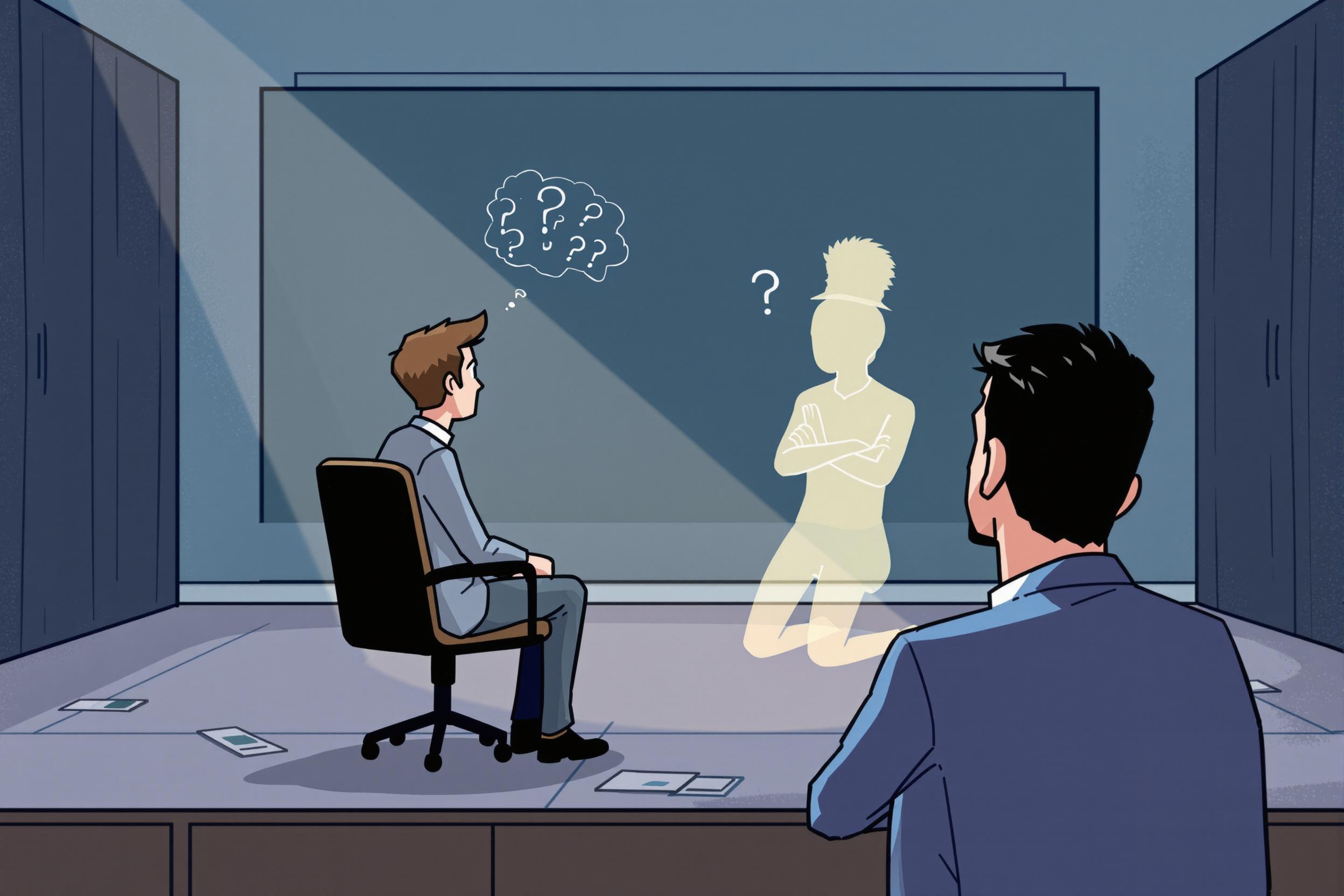
No-Show Rate
No-Show Rate is a measurement used in event planning that shows the percentage of registered attendees who don't attend an event despite confirming their participation. Event planners use this information to better predict actual attendance, plan catering needs, and manage venue capacity. Understanding and managing no-show rates is crucial for budget control and event success, as it helps avoid over-spending on food, materials, or booking unnecessarily large venues.
Examples in Resumes
Reduced No-Show Rate from 30% to 15% through implementing strategic reminder systems
Analyzed No-Show Rates across multiple events to optimize booking and catering costs
Created predictive models based on historical No-Show Rate data to improve event budgeting
Maintained a No-Show tracking system for better resource allocation at corporate events
Typical job title: "Event Managers"
Also try searching for:
Where to Find Event Managers
Professional Associations
Online Communities
Job Resources
Example Interview Questions
Senior Level Questions
Q: How would you develop a strategy to reduce no-show rates for a major conference?
Expected Answer: A senior event manager should discuss multiple approaches including deposit systems, tiered pricing, regular communication strategies, and data analysis of past events to identify patterns in no-shows.
Q: How do you calculate the financial impact of no-shows and build contingency plans?
Expected Answer: Should explain methods for calculating costs per attendee, strategies for flexible catering contracts, and how to create sliding-scale budgets based on different attendance scenarios.
Mid Level Questions
Q: What methods have you used to track and reduce no-show rates?
Expected Answer: Should mention practical solutions like reminder systems, confirmation calls, waitlists, and how to use registration software to monitor patterns.
Q: How do you adjust event planning when expecting a high no-show rate?
Expected Answer: Should discuss strategies like overbooking calculations, flexible catering orders, and communication methods to maximize attendance.
Junior Level Questions
Q: What is a no-show rate and why is it important in event planning?
Expected Answer: Should explain that it's the percentage of registered attendees who don't show up and how it affects basic event planning elements like food, seating, and materials.
Q: What are some basic methods to remind attendees about an upcoming event?
Expected Answer: Should be able to describe basic reminder systems like email sequences, text messages, and phone calls, and when to use each method.
Experience Level Indicators
Junior (0-2 years)
- Basic attendance tracking
- Simple reminder system management
- Registration list maintenance
- Basic reporting on attendance numbers
Mid (2-5 years)
- Advanced attendance prediction
- Implementation of no-show reduction strategies
- Data analysis of attendance patterns
- Budget adjustment based on attendance forecasts
Senior (5+ years)
- Strategic no-show rate management
- Complex attendance forecasting models
- Risk management for large-scale events
- Development of attendance optimization strategies
Red Flags to Watch For
- No experience with attendance tracking systems
- Lack of understanding of basic attendance metrics
- Poor communication skills for attendee engagement
- No knowledge of event industry standard no-show rates
Related Terms
Need more hiring wisdom? Check these out...

Silencing the Noise: How No-Meeting Days Supercharge Recruiter Productivity

Ghosted Again? How to Stop Candidates from Disappearing and Start Engaging Them Better

Unlocking Talent Offline: Innovative Strategies for Recruiting in Low-Internet Areas

